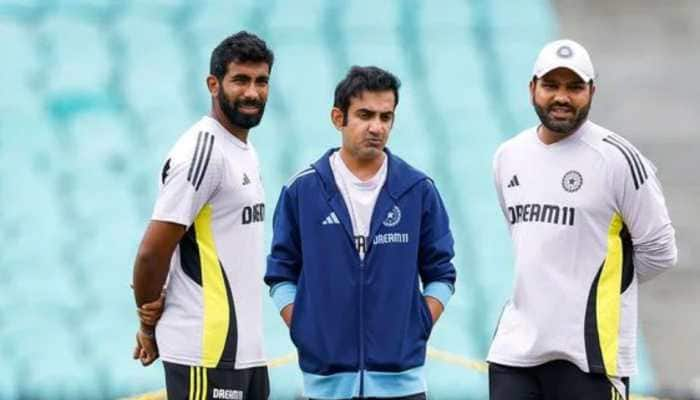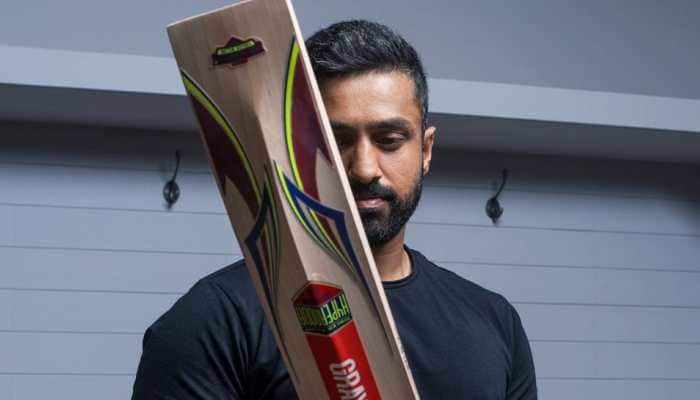Rajan links more easing to lower bank rates, monsoon, inflation
After opting for status quo in policy rates, Reserve Bank Governor Raghuram Rajan on Tuesday said any more cut will depend on further transmission of previous rate cuts by banks, softening in inflation and progress of monsoon.
Trending Photos
)
Mumbai: After opting for status quo in policy rates, Reserve Bank Governor Raghuram Rajan on Tuesday said any more cut will depend on further transmission of previous rate cuts by banks, softening in inflation and progress of monsoon.
"We are looking whether the recent increase in inflation is temporary and whether the monsoon will continue to be near normal. The oil price development is very beneficial and we will await greater transmission of our past actions by banks while we look and monitor developments for emerging room," Rajan told reporters during the customary post-policy interaction with journalists here this morning.
In the policy statement, Rajan said the RBI continues to have an accommodative stance, which was adopted in January this year with a surprise rate cut.
Despite favourable base effect, headline inflation surged to nine-month high of 5.40 percent in June which resulted in expectations, especially at individual level, getting elevated, RBI said.
"Inflationary expectations do get altered considerably by certain salient items such as food, milk and vegetables. Given that, yes, it (elevated expectations) is a concern but one should keep that in perspective," Rajan said.
Speaking on the occassion, RBI Deputy Governor Urijit Patel said, at the moment, the risks on inflation are balanced but exuded confidence that the central bank will be able to meet the January, 2016 target of 6 percent with inflation coming below it.
However, the policy document pegged the January price index at 5.8 percent, which is 20 basis points below the April and June estimate.
With wholesale price inflation continuing to tread in the negative zone for the eighth consecutive month, and calls for rate cuts thereof getting shriller, Rajan said the RBI prefers to formulate its policies based on CPI which gives a better picture of the pinch at the individual level.
"It's convenient to look at the whole price index, then you can do all your work on inflation management based on factors from outside on which we have no control.
"But if we really want to manage inflation, we have to look at the sum total of inflation, especially inflation that concerns consumers, which determines household savings, wage pressures," Rajan said.
"We are looking whether the recent increase in inflation is temporary and whether the monsoon will continue to be near normal. The oil price development is very beneficial and we will await greater transmission of our past actions by banks while we look and monitor developments for emerging room," Rajan told reporters during the customary post-policy interaction with journalists here this morning.
In the policy statement, Rajan said the RBI continues to have an accommodative stance, which was adopted in January this year with a surprise rate cut.
Despite favourable base effect, headline inflation surged to nine-month high of 5.40 percent in June which resulted in expectations, especially at individual level, getting elevated, RBI said.
"Inflationary expectations do get altered considerably by certain salient items such as food, milk and vegetables. Given that, yes, it (elevated expectations) is a concern but one should keep that in perspective," Rajan said.
Speaking on the occassion, RBI Deputy Governor Urijit Patel said, at the moment, the risks on inflation are balanced but exuded confidence that the central bank will be able to meet the January, 2016 target of 6 percent with inflation coming below it.
However, the policy document pegged the January price index at 5.8 percent, which is 20 basis points below the April and June estimate.
With wholesale price inflation continuing to tread in the negative zone for the eighth consecutive month, and calls for rate cuts thereof getting shriller, Rajan said the RBI prefers to formulate its policies based on CPI which gives a better picture of the pinch at the individual level.
"It's convenient to look at the whole price index, then you can do all your work on inflation management based on factors from outside on which we have no control.
"But if we really want to manage inflation, we have to look at the sum total of inflation, especially inflation that concerns consumers, which determines household savings, wage pressures," Rajan said.
Stay informed on all the latest news, real-time breaking news updates, and follow all the important headlines in india news and world News on Zee News.
Advertisement
Live Tv
Advertisement







)
)
)
)
)
)
)
)
)
)
